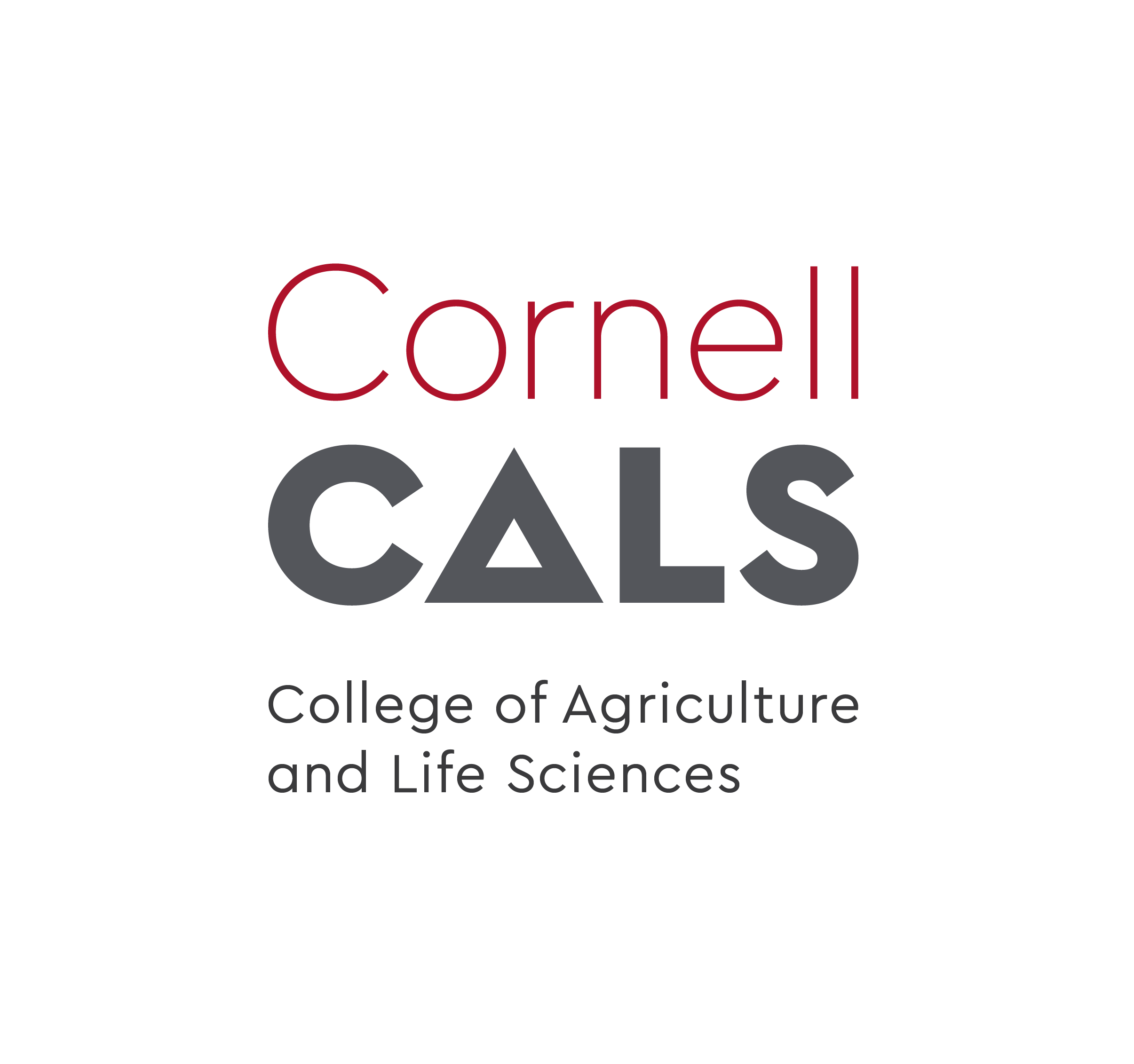An article published in the Journal of Dairy Science finds no difference in the nutritional properties of milk produced from cows receiving bsT supplements, bsT-free cows, and organically reared cows. Note that the study looks only at the nutritional implications for humans, not the impacts on animal health or welfare.
Reference and abstract as follows:
O’Donnell A M, Spatney K P, Vicinit J L, Bauman D E (2010) "Survey of the fatty acid composition of retail milk differing in label claims based on production management practices, Journal of Dairy Science, Volume 93, Issue 5, pp. 1918-1925 (May 2010)
Abstract
Consumers are becoming increasingly health conscious, and food product choices have expanded. Choices in the dairy case include fluid milk labeled according to production management practices. Such labeling practices may be misunderstood and perceived by consumers to reflect differences in the quality or nutritional content of milk. Our objective was to investigate nutritional differences in specialty labeled milk, specifically to compare the fatty acid (FA) composition of conventional milk with milk labeled as recombinant bST (rbST)-free or organic. The retail milk samples (n = 292) obtained from the 48 contiguous states of the United States represented the consumer supply of pasteurized, homogenized milk of 3 milk types: conventionally produced milk with no specialty labeling, milk labeled rbST-free, and milk labeled organic. We found no statistical differences in the FA composition of conventional and rbST-free milk; however, these 2 groups were statistically different from organic milk for several FA. When measuring FA as a percentage of total FA, organic milk was higher in saturated FA (65.9 vs. 62.8%) and lower in monounsaturated FA(26.8 vs. 29.7%) and polyunsaturated FA (4.3 vs. 4.8%) compared with the average of conventional and rbST-free retail milk samples. Likewise, among bioactive FA compared asa percentage of total FA, organic milk was slightly lower in trans 18:1 FA (2.8 vs. 3.1%) and higher in n-3 FA (0.82 vs. 0.50%) and conjugated linoleic acid (0.70 vs. 0.57%). From a public health perspective, the direction for some of these differences would be considered desirable and for others would be considered undesirable; however, without exception, the magnitudes of the differences in milk FA composition among milk label types were minor and of no physiological importance when considering public health or dietary recommendations. Overall, when data from our analysis of FA composition of conventional milk and milk labeled rbST-free or organic were combined with previous analytical comparisons of the quality and composition of these retail milk samples, results established that there were no meaningful differences that would affect public health and that all milks were similar in nutritional quality and wholesomeness.
You can download the paper here.
(This is a pay service.)








Post a new comment »